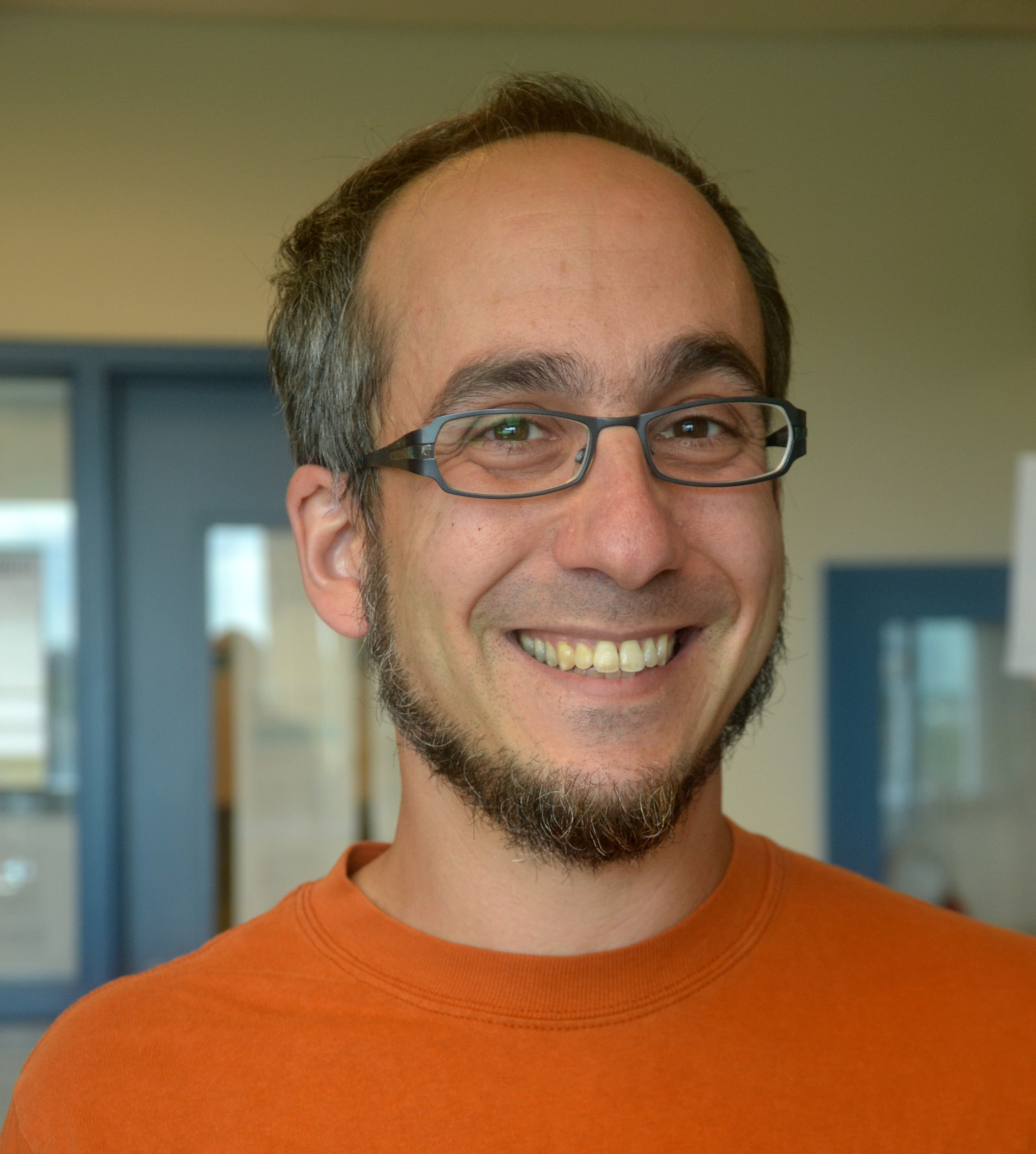Below is a summary of the abstract you submitted. Presenting author(s) is shown in bold.
If any changes need to be made, you can modify the abstract or change the authors.
You can also download a .docx version of this abstract.
If there are any problems, please email Dan at dar78@pitt.edu and he'll take care of them!
This abstract was last modified on May 16, 2025 at 1:10 p.m..

Medical device-associated infections are among the most common type of hospital-acquired infections and represent a major challenge in modern healthcare. Periprosthetic joint infections (PJIs), occurring after joint replacements, are a common and particularly destructive implant-associated infection. Staphylococcal species, and in particular Staphylococcus epidermidis, are responsible for more than 50% of hip and knee PJIs. S. epidermidis is the most abundant bacterial species found on skin and mucous membranes, and while typically harmless, it can become pathogenic when it forms biofilms on implanted medical devices, causing destructive infections. Biofilm formation is the primary virulence factor of S. epidermidis and the complex structure of the biofilm allows evasion of host-immunity and antibiotics. The antibiotic-resistant nature of bacterial biofilms highlights an urgent need for alternative treatments and phage therapy (PT) is a promising option.
In February 2024, Dr. Marisa Azad, at the Ottawa Hospital, successfully treated a patient with an antibiotic resistant PJI caused by S. epidermidis using a single phage. Sourcing this phage was challenging because of limited collections of Staphylococcal phages, highlighting the need for more research into Staphylococcal phage diversity and the development of a repository of phages with the potential for use in PT
My laboratory and a section of our SEA-PHAGES discovery course have isolated 36 novel bacteriophages from human skin swab samples on several laboratory strains of S. epidermidis. We have purified 25 genomes, analyzed them by restriction digest, and imaged the phages by transmission electron microscopy (TEM). Additionally, a subset has been genome sequenced by Nanopore long-read and/or Illumina sequencing and we are in the process of sequencing the entire collection.
To further evaluate infectious activity of our collection, we are examining phage-host specificity evaluated through host-range assays on 12 laboratory S. epidermidis strains. Results of these assays demonstrate variable infectivity, with some phages exhibiting broad host-range activity against multiple S. epidermidis strains. Additionally, a subset displays strong infection against S. succinus, a related avirulent host that was used to amplify the phage used in the Ottawa Hospital PT trial. Our 12 S. epidermidis phage isolation strains all form biofilms efficiently, and we have shown that several phages successfully inhibit biofilm formation at an MOI of 0.1, suggesting their potential utility in treating biofilm-associated infections.
Future directions will involve testing a diverse subset of our phage collection against clinical isolates from patients with persistent PJIs at The Ottawa Hospital. This will provide insights into the in vivo efficacy of these phages and their potential application in clinical PT settings.

